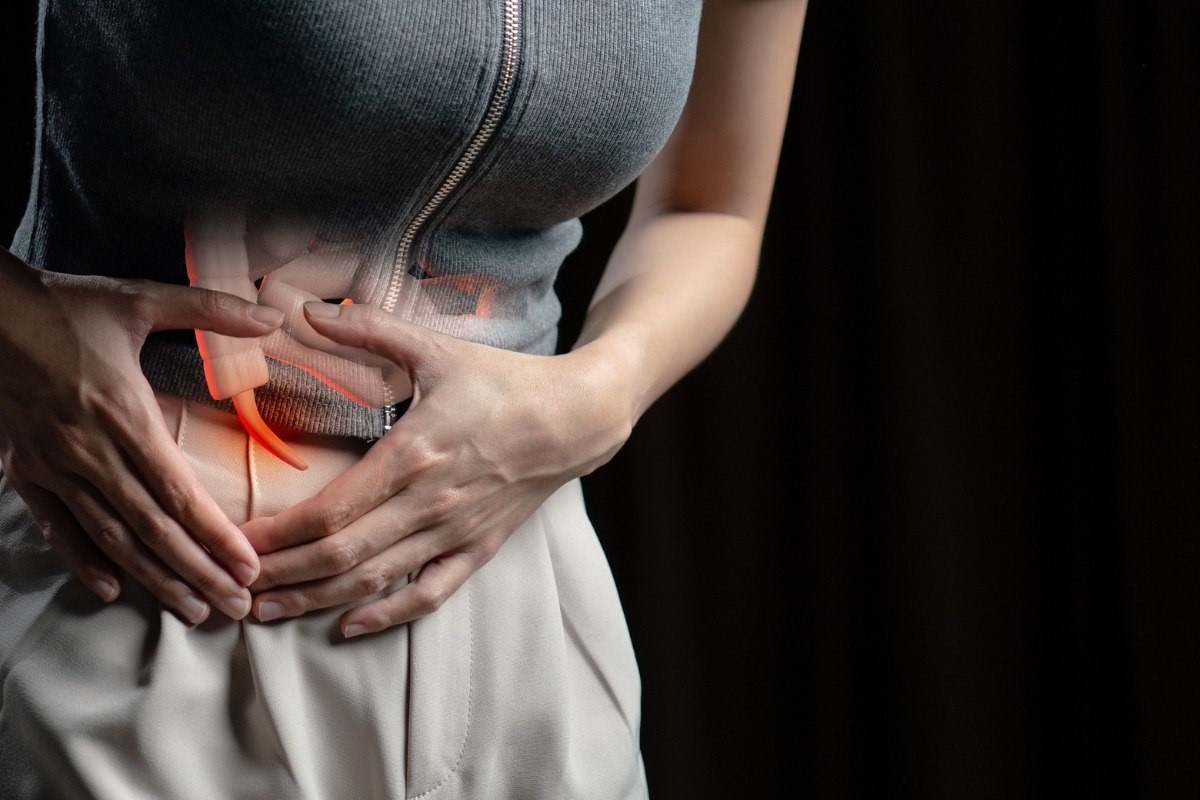
Point of Morris, Munro, Lanz, Clado, Jalaguier and other abdominal points indicating appendicitis
In medical semeiotics various abdominal points are known, whose tenderness on palpation and pressure is more or less indicative of appendicitis, often appendicitis (inflammation of the vermiform appendix)
The best known and most used of these points is the McBurney point, located on the right spino-umbilical line — that is, the line that connects the right anterior superior iliac spine to the umbilicus — to the union between the external third and the middle third of the same (ie at 2/3 of the right spino-umbilical line drawn starting from the navel), according to other authors in the middle of the aforementioned line (therefore more medially).
Other abdominal points and appendiceal marks used in medicine to identify pathologies affecting the vermiform appendix are
- Morris point: located on the right spino-umbilical line (the same used for McBurney’s point), 4 cm from the navel;
- Munro (or Sonnenburg) point: on the same right spino-umbilical line but even more medially, at the junction with the right parasternal line;
- Lanz point: at the union between the right lateral third and the middle third of the bis-iliac line (i.e. on the line that joins the two anterior superior iliac spines, at 1/3 of its length starting from the right iliac spine) ;
- point of Cladus: always on the bis-iliac line but at the junction with the right parasternal line;
- Jalaguier’s point: midway along the right spinopubic line (the line joining the right anterior superior iliac spine to the symphysis pubis);
- Aazon’s sign: epigastric pain appears when compressing the appendix;
- Bastedo’s sign: pain appears in the right iliac fossa when insufflating air into the colon.
The points of Brun (or gluteus), Neirotti, Campanacci and Honck are all posterior and indicative of an appendix in a fixed retrocecal position.
The Campanacci point, in particular, is located in the dorsal region, at the last right intercostal space, between the posterior posterior axillary and angular of the scapula (in retrocecal appendicitis).
Read Also
Emergency Live Even More…Live: Download The New Free App Of Your Newspaper For IOS And Android
Palpation In The Objective Examination: What Is It And What Is It For?
Acute Abdomen: Causes And Cures
Abdominal Health Emergencies, Warning Signs And Symptoms
Abdominal Ultrasound: How To Prepare For The Exam?
Abdominal Pain Emergencies: How US Rescuers Intervene
Positive Or Negative Psoas Maneuver And Sign: What It Is And What It Indicates
Abdominoplasty (Tummy Tuck): What It Is And When It Is Performed
Assessment Of Abdominal Trauma: Inspection, Auscultation And Palpation Of The Patient
Acute Abdomen: Meaning, History, Diagnosis And Treatment
Abdominal Trauma: A General Overview Of Management And Trauma Areas
Abdominal Distension (Distended Abdomen): What It Is And What It Is Caused By
Abdominal Aortic Aneurysm: Symptoms, Evaluation And Treatment
Hypothermia Emergencies: How To Intervene On The Patient
Emergencies, How To Prepare Your First Aid Kit
Seizures In The Neonate: An Emergency That Needs To Be Addressed
Abdominal Pain Emergencies: How US Rescuers Intervene
First Aid, When Is It An Emergency? Some Information For Citizens
Acute Abdomen: Causes, Symptoms, Diagnosis, Exploratory Laparotomy, Therapies


